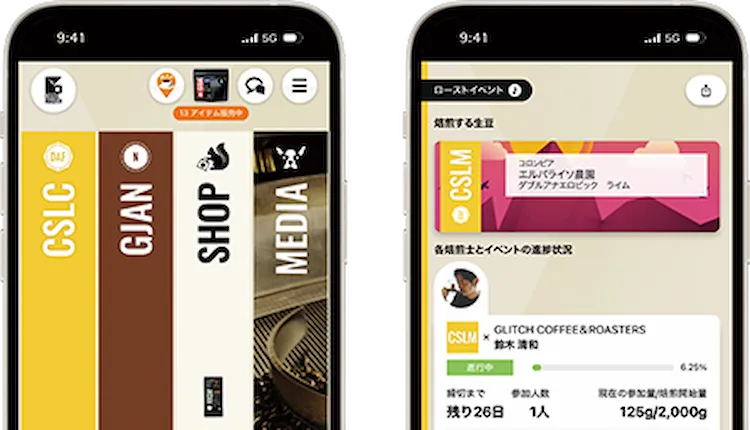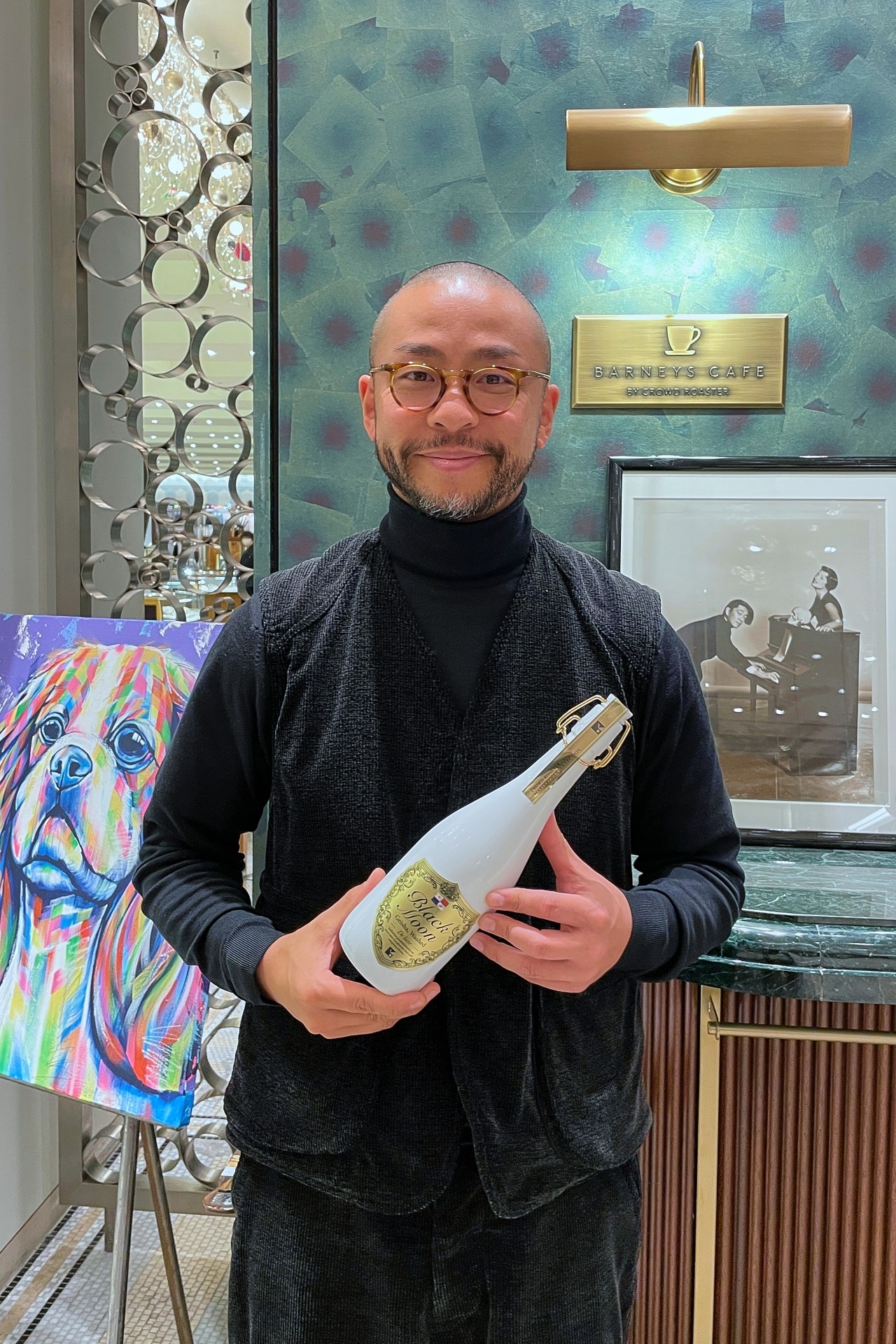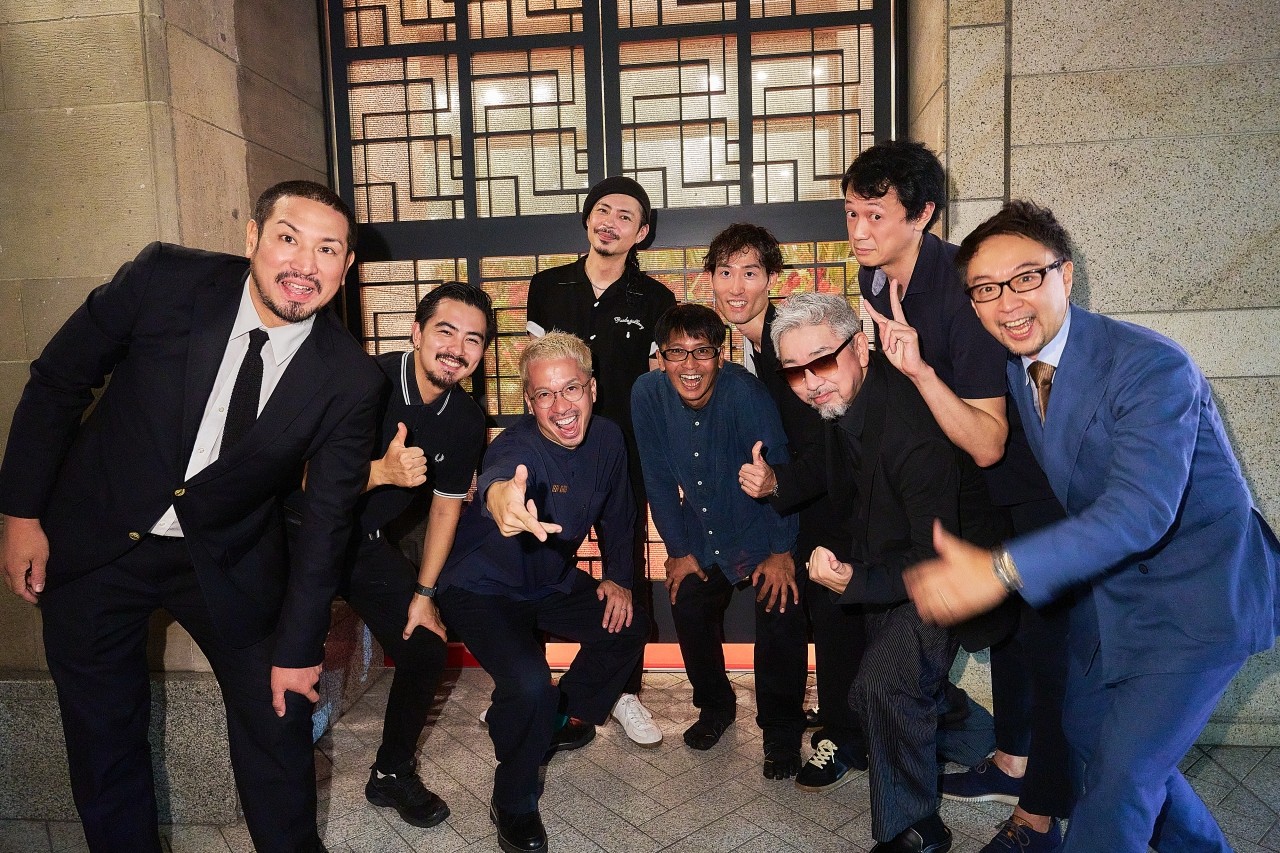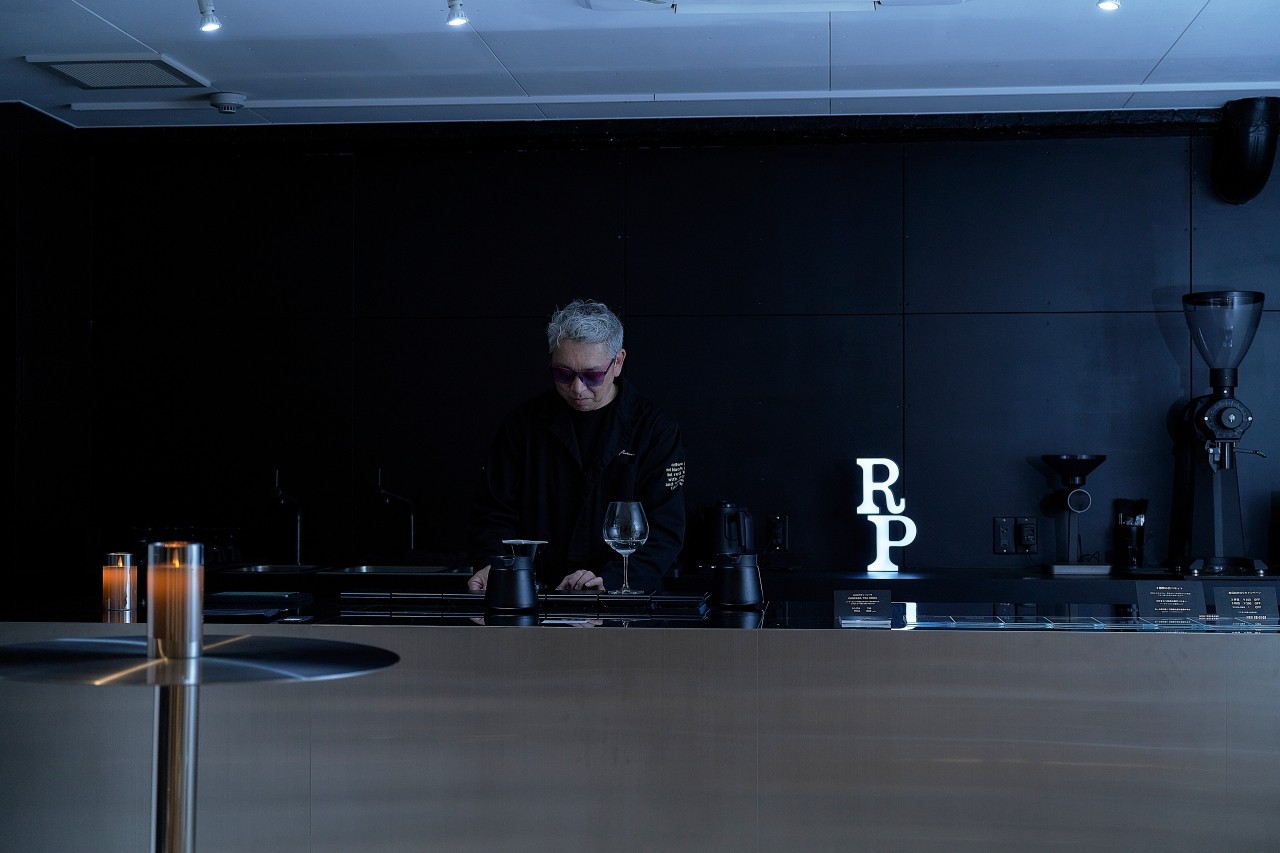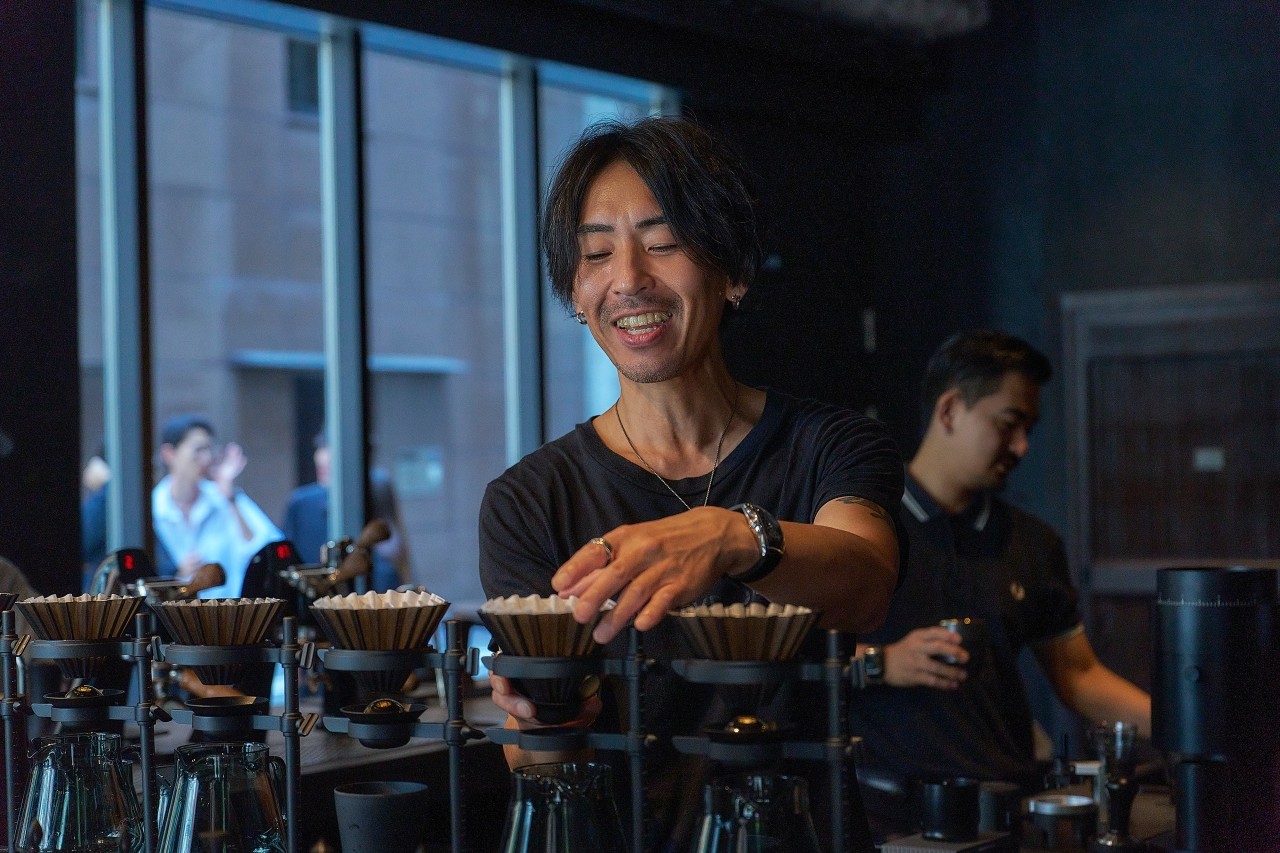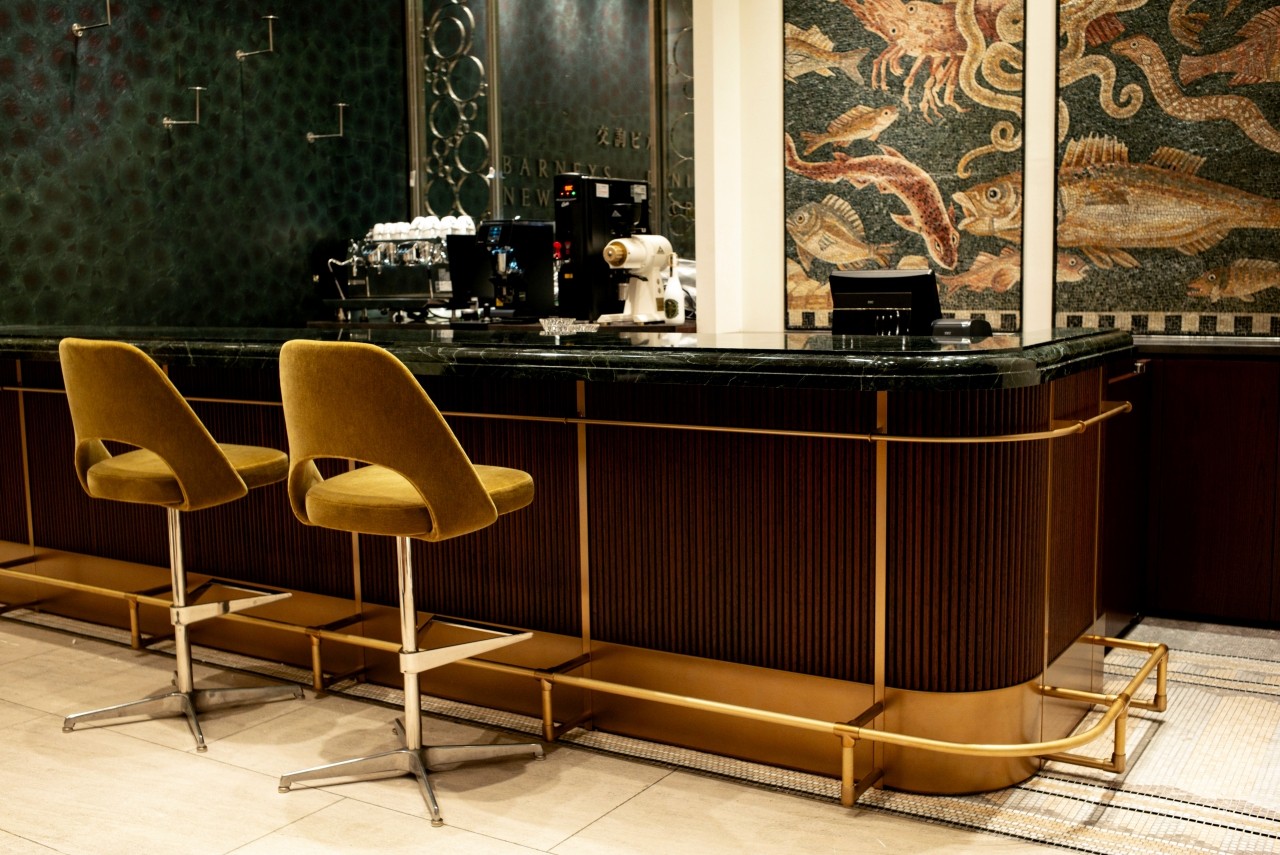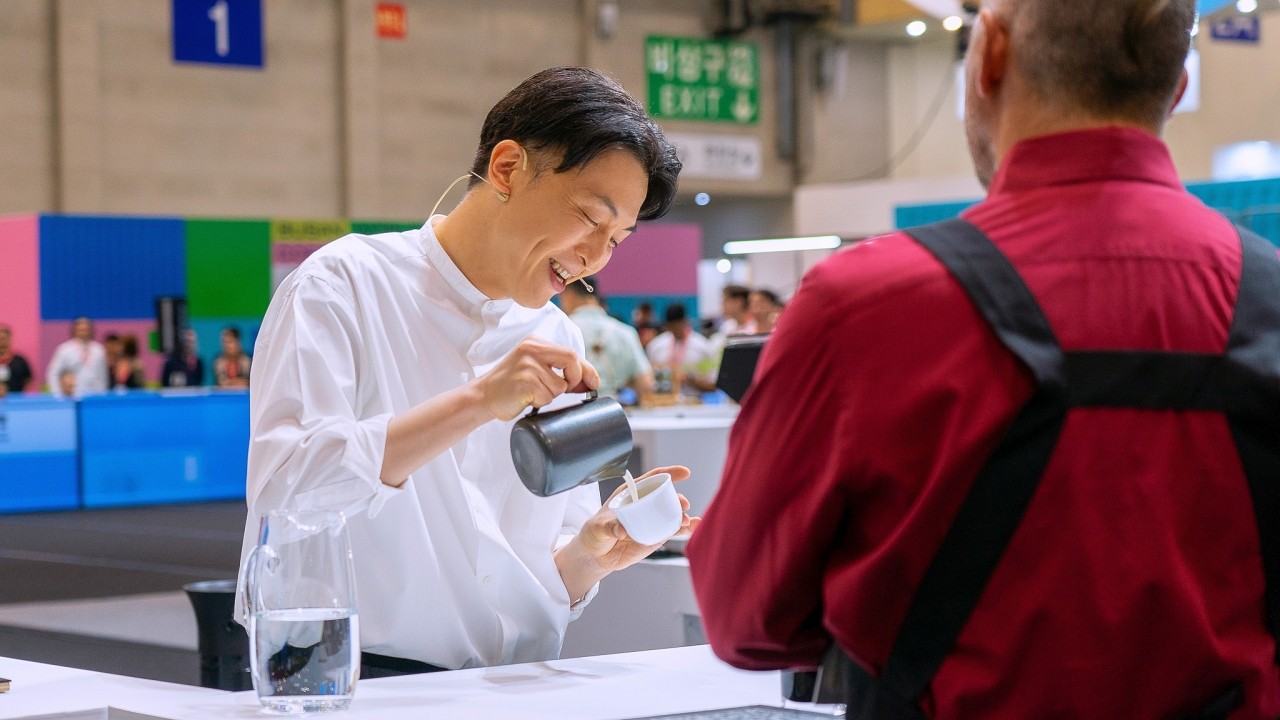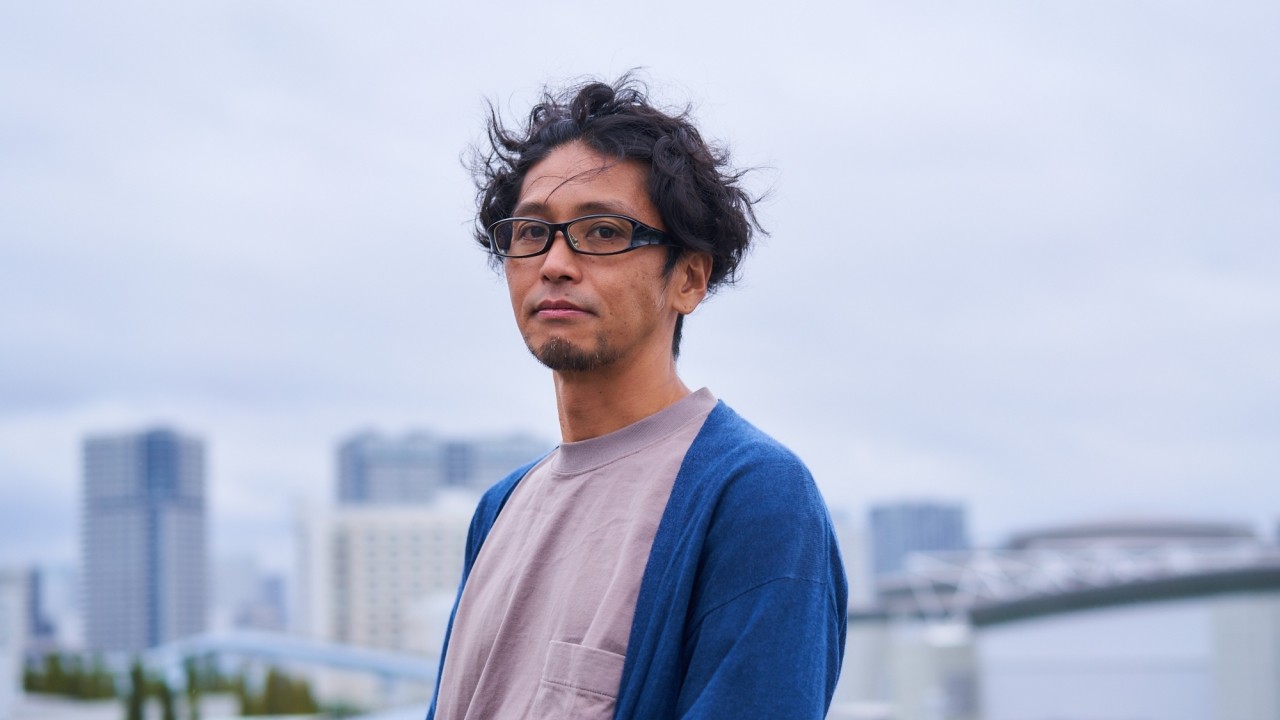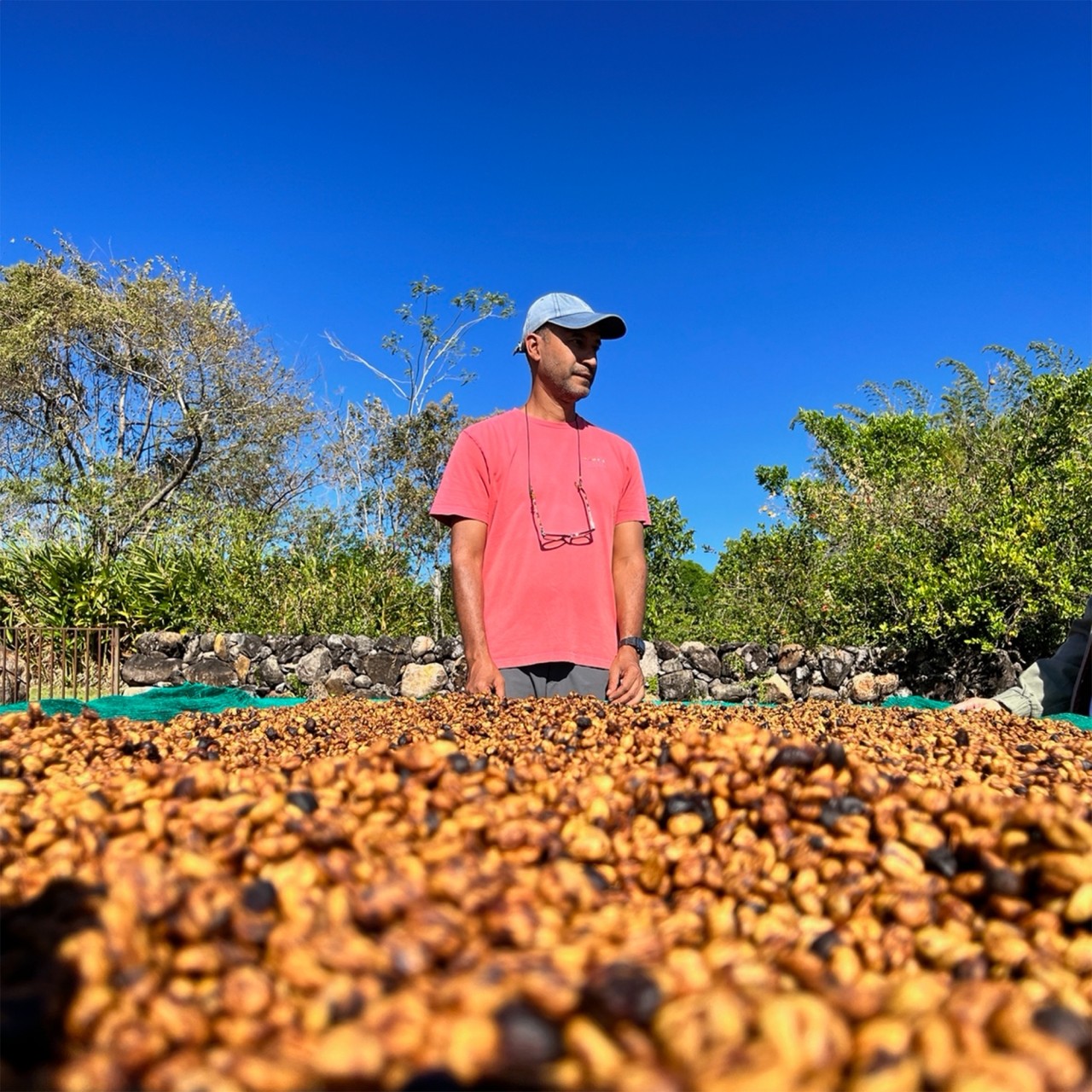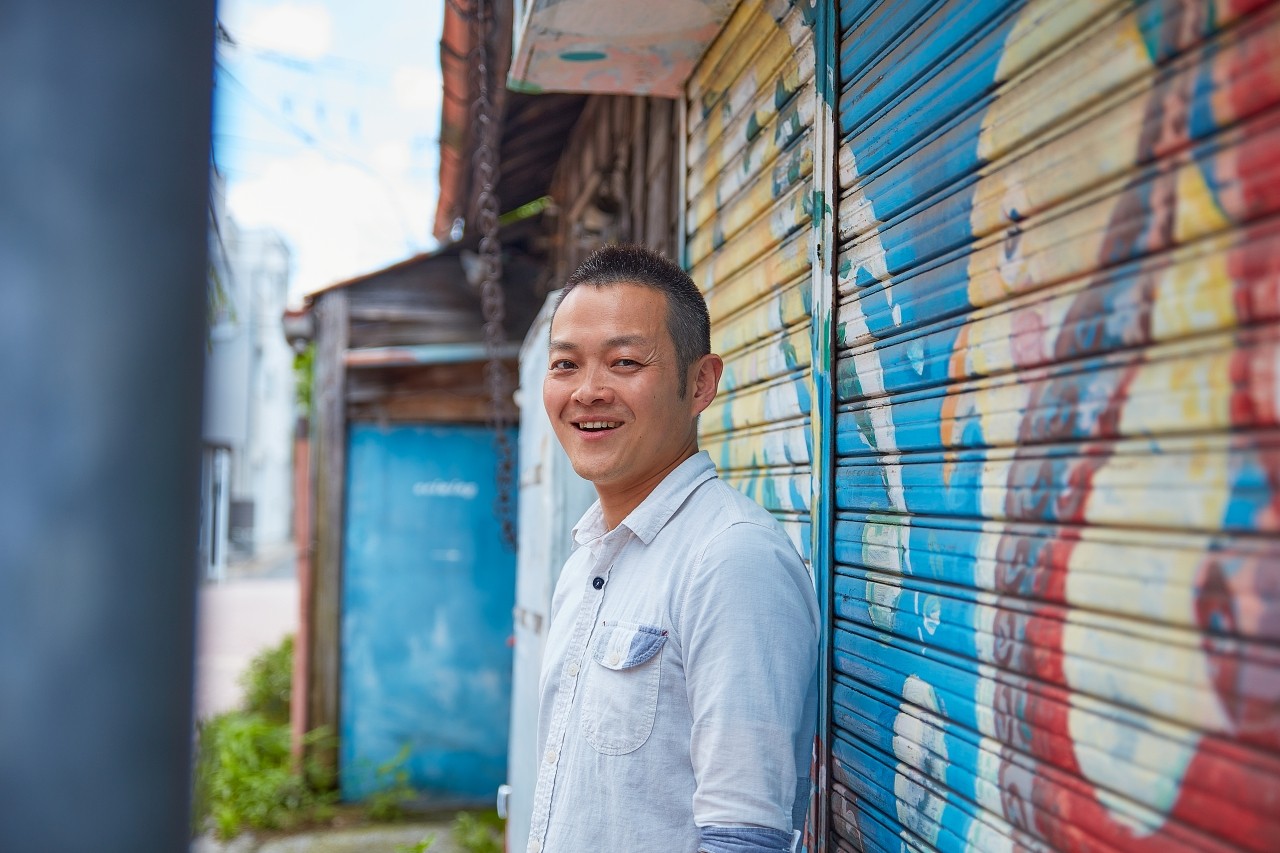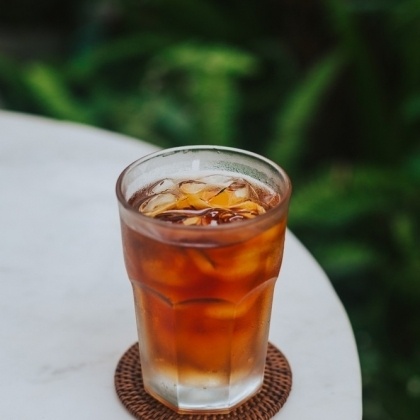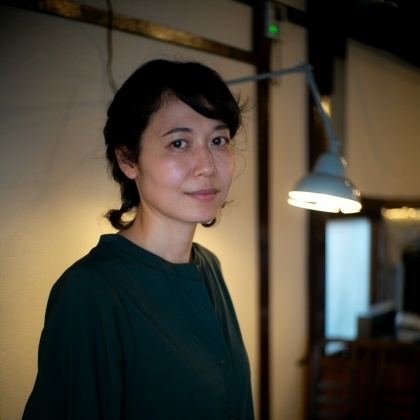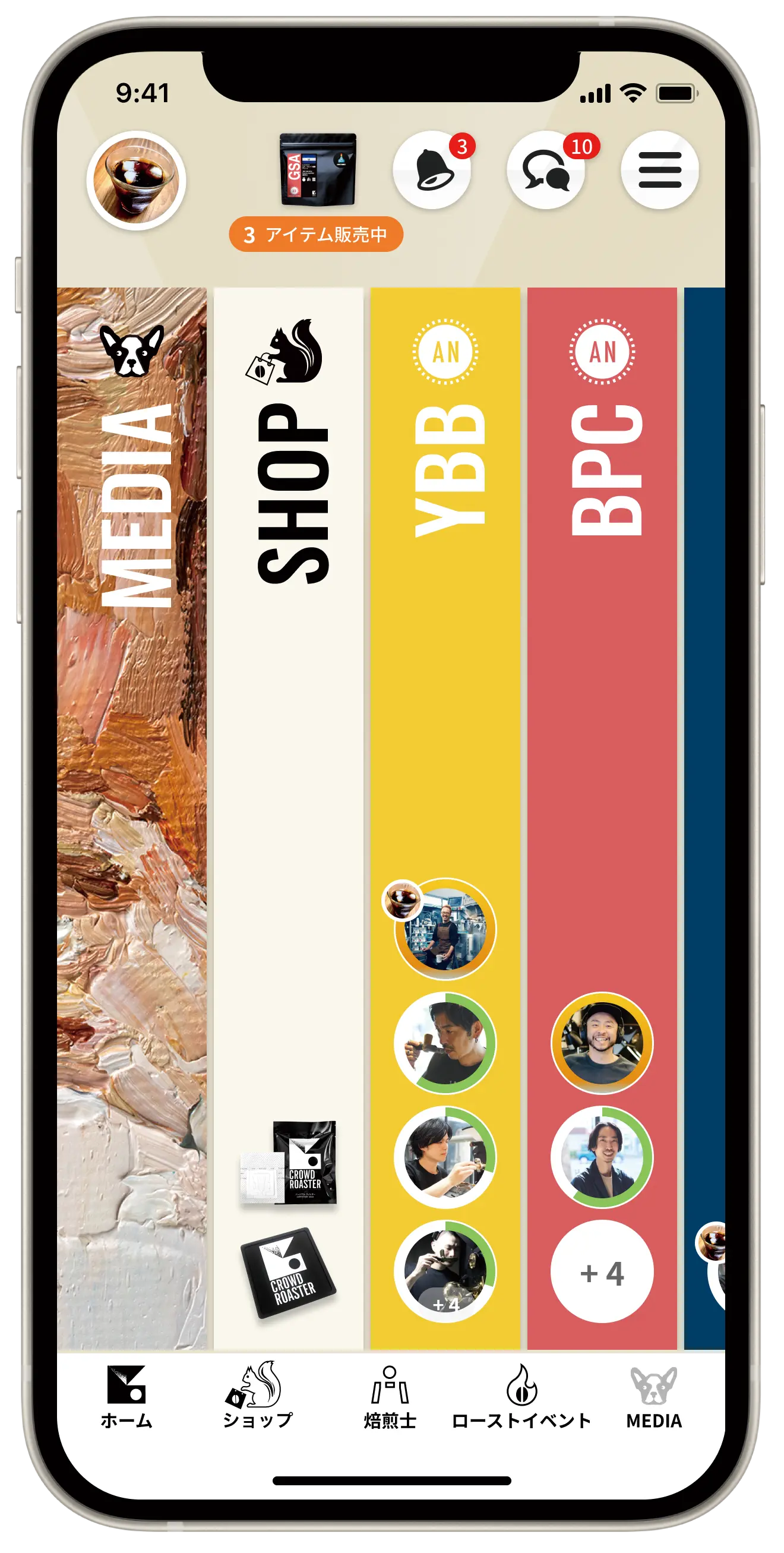What is KYOTO COFFEE? The Japanese iced coffee brewing method gaining attention in the West
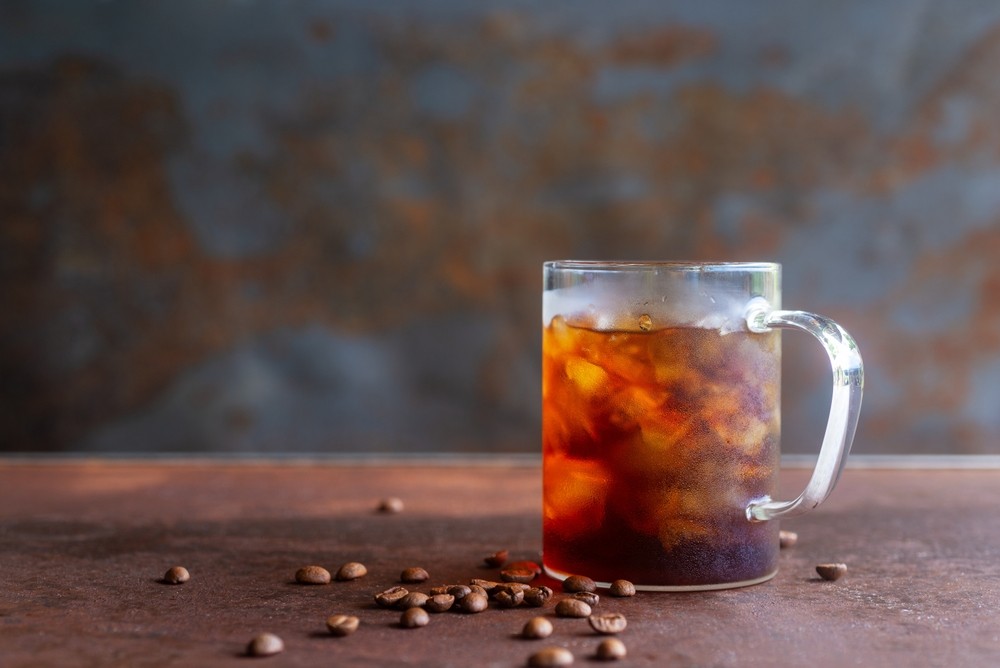
Iced coffee becoming popular in the West
Iced coffee is a great drink to have on a hot day. In Japan, where iced coffee is a part of the culture, there have been many creative ways to make it.
However, in recent years, iced coffee has become a mainstream product consumed year-round in Europe and the United States, rather than just being consumed in the summer. In fact, the global iced coffee market is predicted to grow from $11.1 billion in 2024 to $21.4 billion in 2034.
Of particular note is the consumption trends of younger generations. Research has revealed that younger generations, especially Gen Z, are "significantly more likely" to drink RTD (ready-to-drink) coffee than traditional hot coffee. In the United States, iced coffee sales have grown at a compound annual rate of 8% over the past five years, with production volume maintaining a 5% growth rate. Meanwhile, while hot coffee consumption is on the decline, cold coffee consumption is continuing to grow.
However, in recent years, iced coffee has become a mainstream product consumed year-round in Europe and the United States, rather than just being consumed in the summer. In fact, the global iced coffee market is predicted to grow from $11.1 billion in 2024 to $21.4 billion in 2034.
Of particular note is the consumption trends of younger generations. Research has revealed that younger generations, especially Gen Z, are "significantly more likely" to drink RTD (ready-to-drink) coffee than traditional hot coffee. In the United States, iced coffee sales have grown at a compound annual rate of 8% over the past five years, with production volume maintaining a 5% growth rate. Meanwhile, while hot coffee consumption is on the decline, cold coffee consumption is continuing to grow.
What is "Kyoto Coffee"?
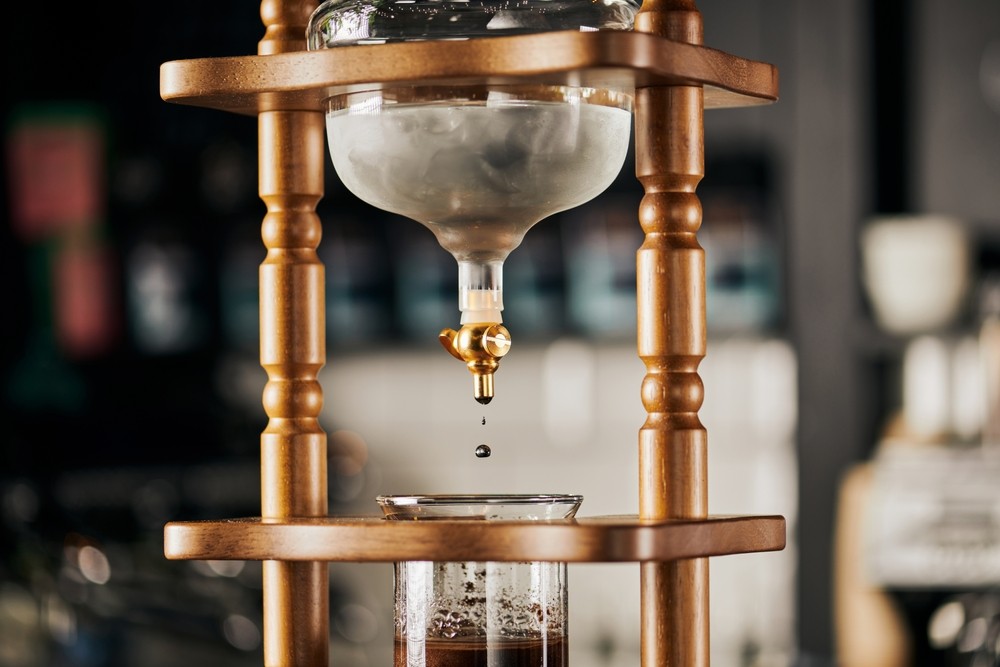
There are several ways to brew iced coffee, but cold brew is said to be a method that originated in Japan. An easy way to brew cold brew coffee is to put coffee grounds in water and leave it for several to 10 hours, then strain the coffee grounds using a paper filter. Another easier method is to use commercially available tea bags.
On the other hand, a distinctive cold-brew coffee brewing method using special equipment is called "Dutch coffee." Although "Dutch" refers to the Netherlands, it does not refer to the Netherlands itself, but rather to the Dutch East Indies before the war, later Indonesia.
This method of making Dutch coffee involves dripping water onto ground coffee very slowly, drop by drop. It can take more than 24 hours to make one pot of iced drip coffee.
In Indonesia, a coffee-producing country, one local way of drinking coffee is to soak coffee grounds in plenty of water and then dilute the thick coffee extract that drips out with milk.The coffee beans used for this are pounded quite finely with a mortar and pestle, and, as is typical of the producing region, the amount of ground coffee used is quite large.
Taking inspiration from this unique extraction method, Dutch coffee was born in Kyoto after the war. Also known as water drip, ground coffee is placed in a thick glass tube, and water is dripped drop by drop onto the grounds from a container placed on top, collecting the extracted liquid drop by drop.
This Dutch coffee is extracted over several hours at room temperature using a special glass brewer, and is known for its unique mellow flavor and rich, full-bodied taste. You may have seen the huge brewer in a traditional coffee shop.
This was revived in the United States in the 2010s. This Japanese equipment was introduced and used, and it is now called "Kyoto Coffee." In fact, this brewing method, which originated in Kyoto, may become even more popular with new generations in the future.
"Japanese Iced Coffee" Spreads in America
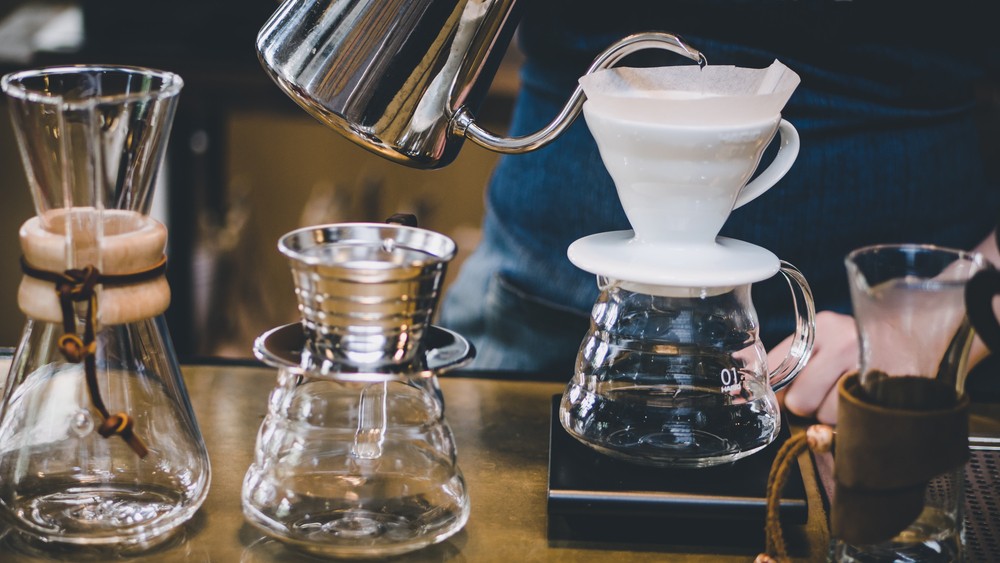
"Kyoto Coffee" is an brewing method that uses special equipment in specialty shops, and is intended to allow you to enjoy the unique flavor of cold brew. It is often served as iced coffee, but of course it can also be enjoyed warm.
On the other hand, "Japanese Iced Coffee" is a pure iced coffee extraction method. This is because it is the so-called "rapid cooling method." It is a method of quickly cooling coffee that is extracted stronger than usual by putting ice directly into the server that receives the paper drip.
This flash chill method of brewing iced coffee has been popular in Japan for many years.
Therefore, this method was called Japanese Iced Coffee.
Buzzfeed credits Counter Culture Coffee with bringing the technology to the US in the late 1990s.
In the United States, recipes using the Hario V60 for home use seem to be spreading. Even major coffee chains have added iced coffee to their menus, and this method is used when trying to enjoy iced coffee at home because it is much easier than cold brew.
The advantages of this method are that it produces a better tasting coffee in less time (much faster than cold brew) and uses fewer coffee beans, making it more cost-effective.
Especially with the recent inflation causing the price of take-out coffee to rise, the culture of brewing iced coffee at home is gradually spreading.
Additionally, many specialty coffee shops now sell their own cold-brewed coffee, made with their own roasted beans, in stylish bottles or cans. This shows that iced coffee culture is becoming so widespread in the West that people are enjoying it at home.
In the United States, recipes using the Hario V60 for home use seem to be spreading. Even major coffee chains have added iced coffee to their menus, and this method is used when trying to enjoy iced coffee at home because it is much easier than cold brew.
The advantages of this method are that it produces a better tasting coffee in less time (much faster than cold brew) and uses fewer coffee beans, making it more cost-effective.
Especially with the recent inflation causing the price of take-out coffee to rise, the culture of brewing iced coffee at home is gradually spreading.
Additionally, many specialty coffee shops now sell their own cold-brewed coffee, made with their own roasted beans, in stylish bottles or cans. This shows that iced coffee culture is becoming so widespread in the West that people are enjoying it at home.
Sweetened iced coffee culture is expanding in Europe
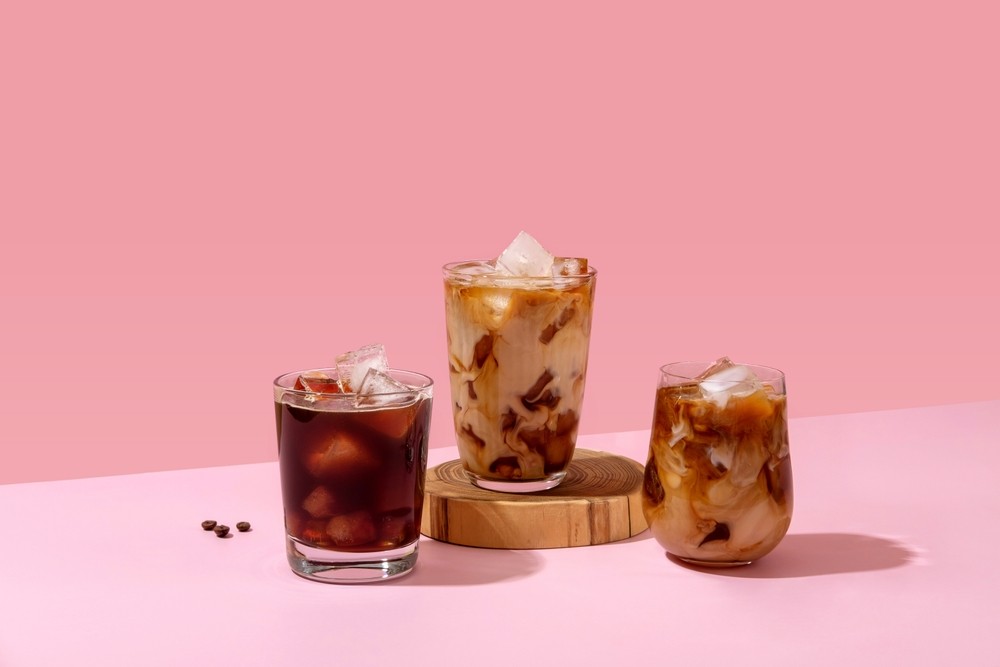
In Europe, iced coffee trends are driving consumer demand for sweeter flavors in their iced coffee, with a wide range of sweet flavors emerging, including brown flavors like chocolate and caramel, vanilla options, and nut-based preparations like hazelnut and almond.
Interestingly, one in two European consumers are willing to try plant-based drinks, fueling the growth of the iced coffee market. Brands are capitalizing on this interest by using oats, soy, almonds and barley to create plant-based iced coffees in popular flavors like caramel and vanilla.
The new genre of nitro coffee is also becoming popular
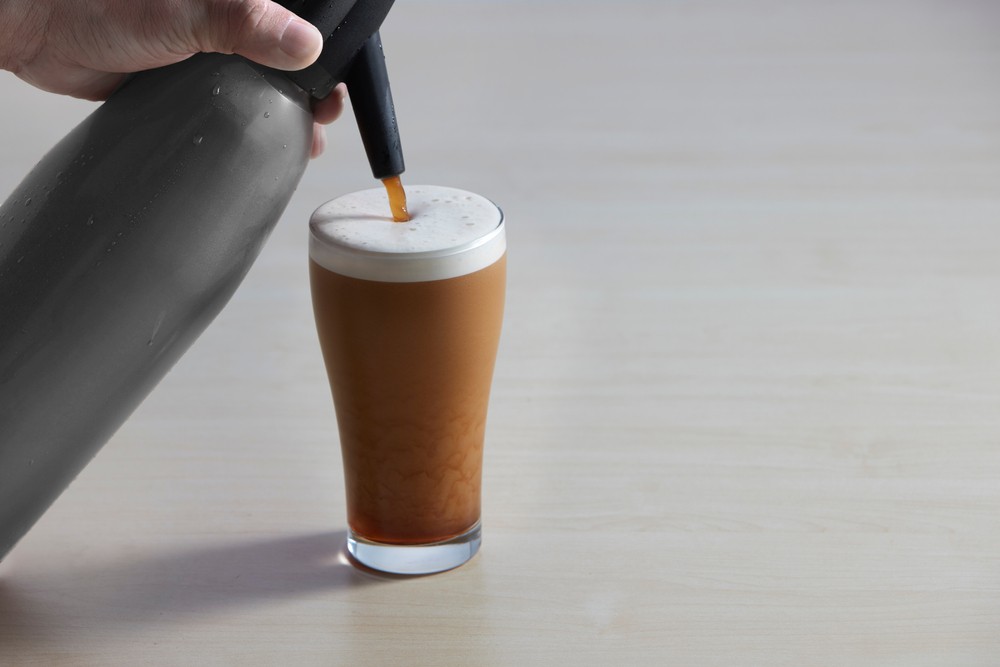
Emerging trends in the iced coffee market revolve around the popularity of cold brew, the rise of botanical blends, the introduction of functional ingredients, and the emergence of new beverages such as nitrated and flavored ice cubes.
Nitro coffee, in particular, is gaining attention. Nitro iced coffee is a drink with a creamy, stout-like texture and low-acid flavor, evolving the barista-style coffee experience without the added dairy.
The future of iced coffee lies in the fusion of traditional Japanese techniques and modern consumer needs. There is no doubt that Japanese-originated brewing methods such as "Kyoto Coffee" and "Japanese Iced Coffee" are driving the transformation of coffee culture around the world.
Now that iced coffee culture has become so common in Europe and the US that people are enjoying it at home, it could be said that Japan's traditional wisdom and techniques have paved the way for a global beverage trend.
If you want to enjoy coffee more deeply
" CROWD ROASTER APP"
Manabu at CROWD ROASTER LOUNGE
・Push notifications for article updates・Full of original articles exclusive to CROWD ROASTER
・Direct links to detailed information about green beans and roasters
App-only features
- Choose green beans and roasters to create and participate in roasting events・CROWD ROASTER SHOP: Everything from beans to equipment is readily available
・GPS-linked coffee map function
